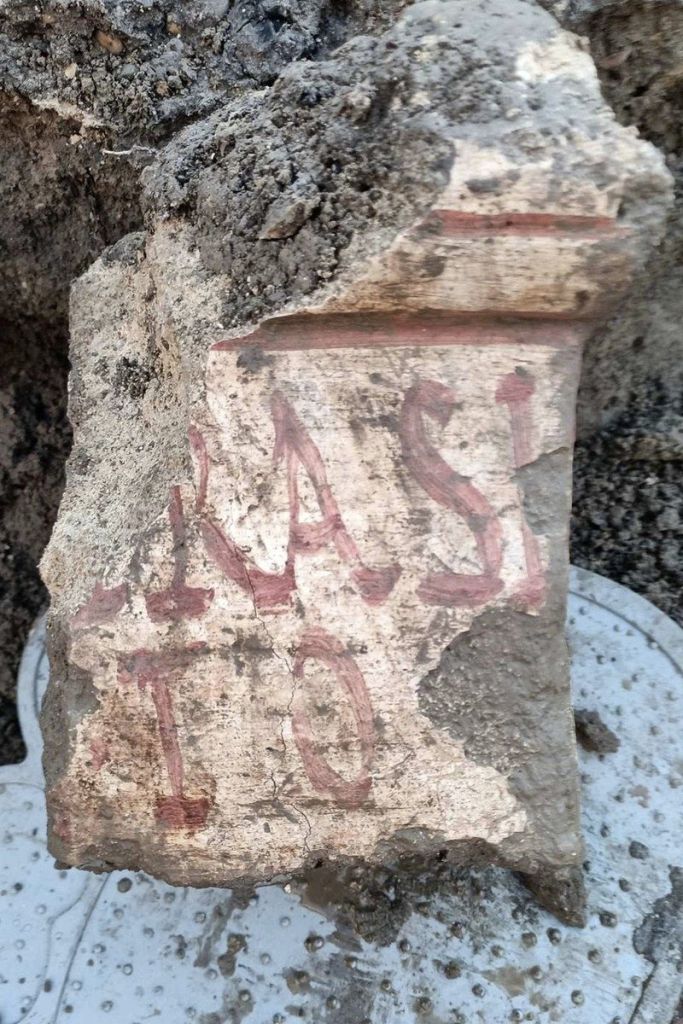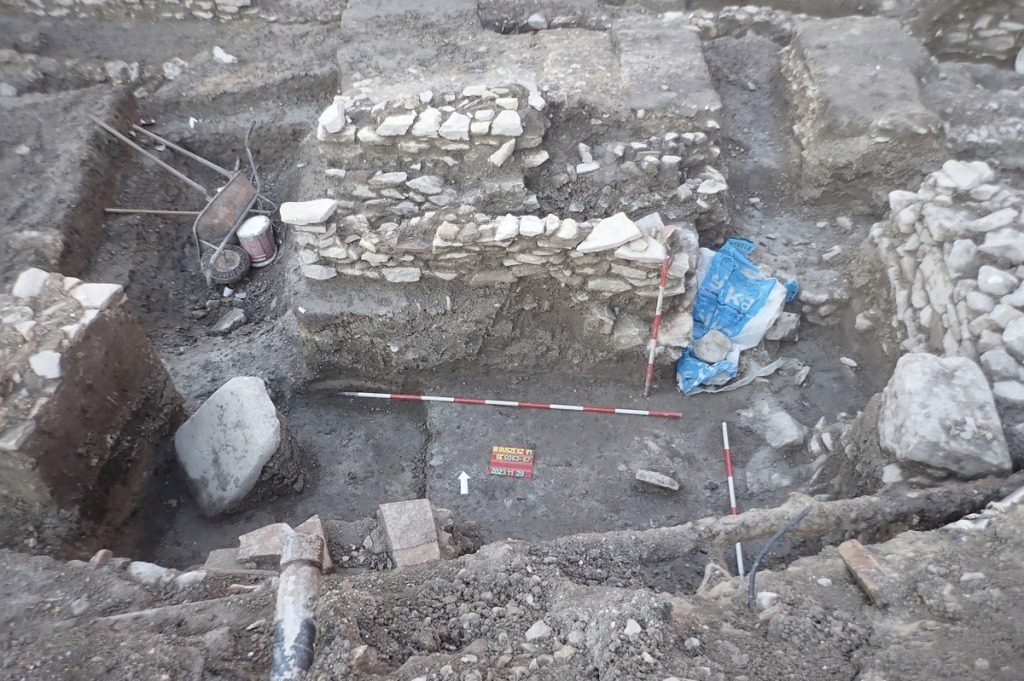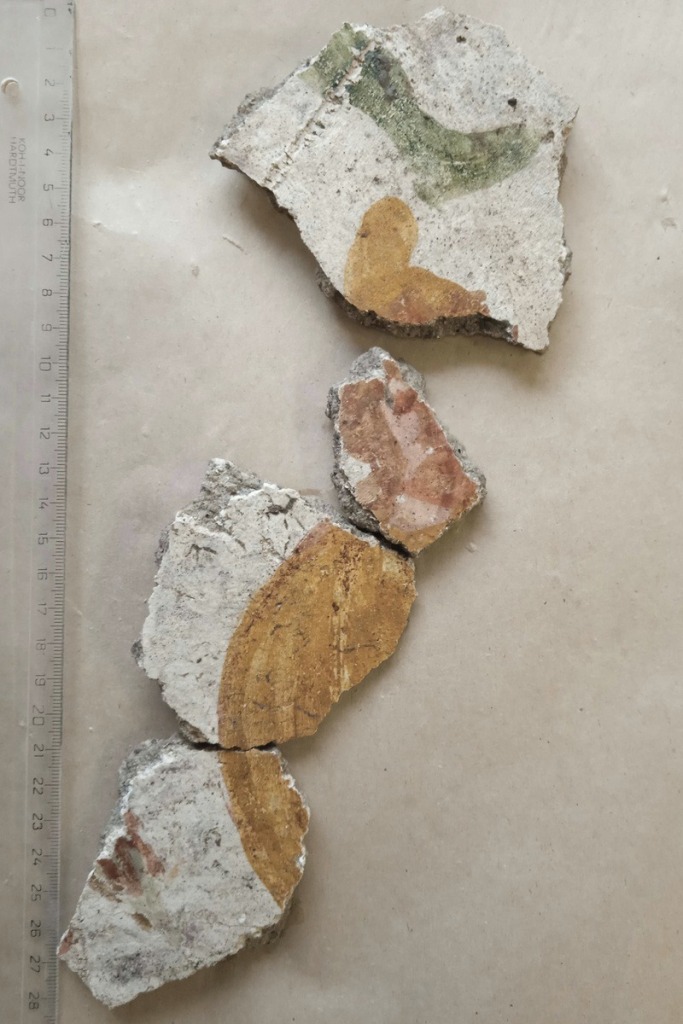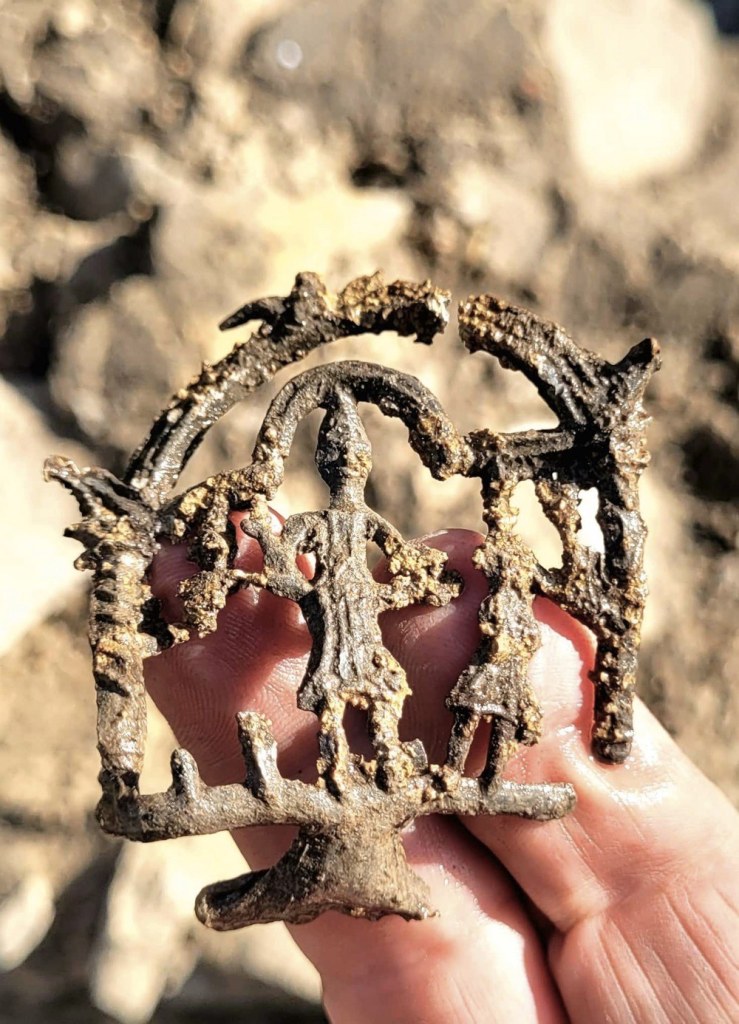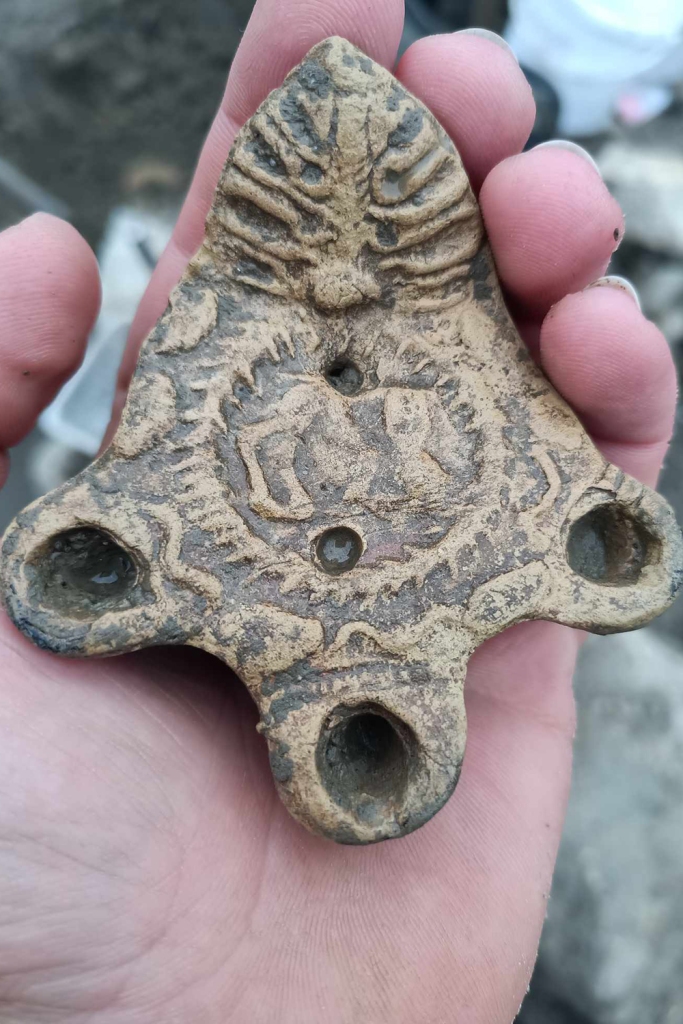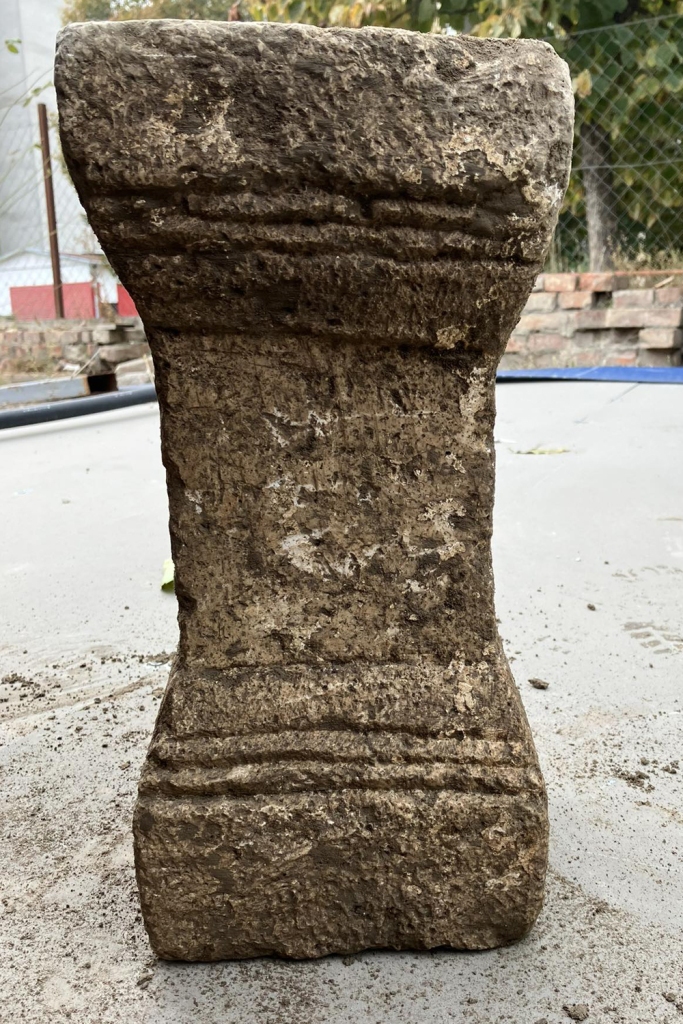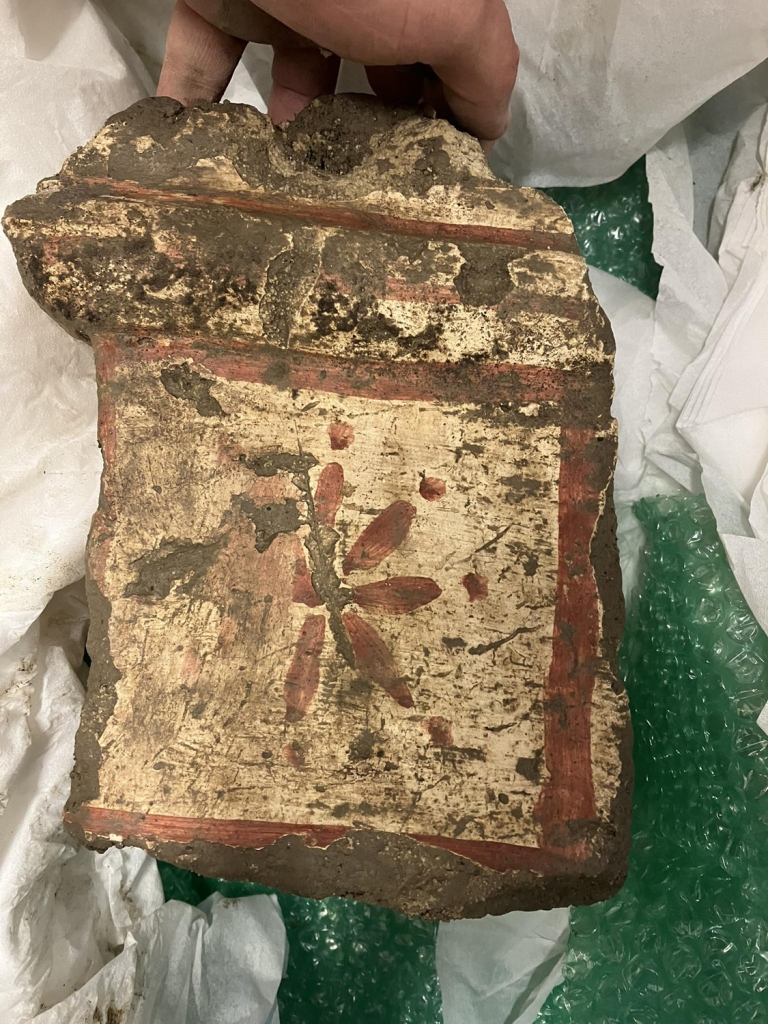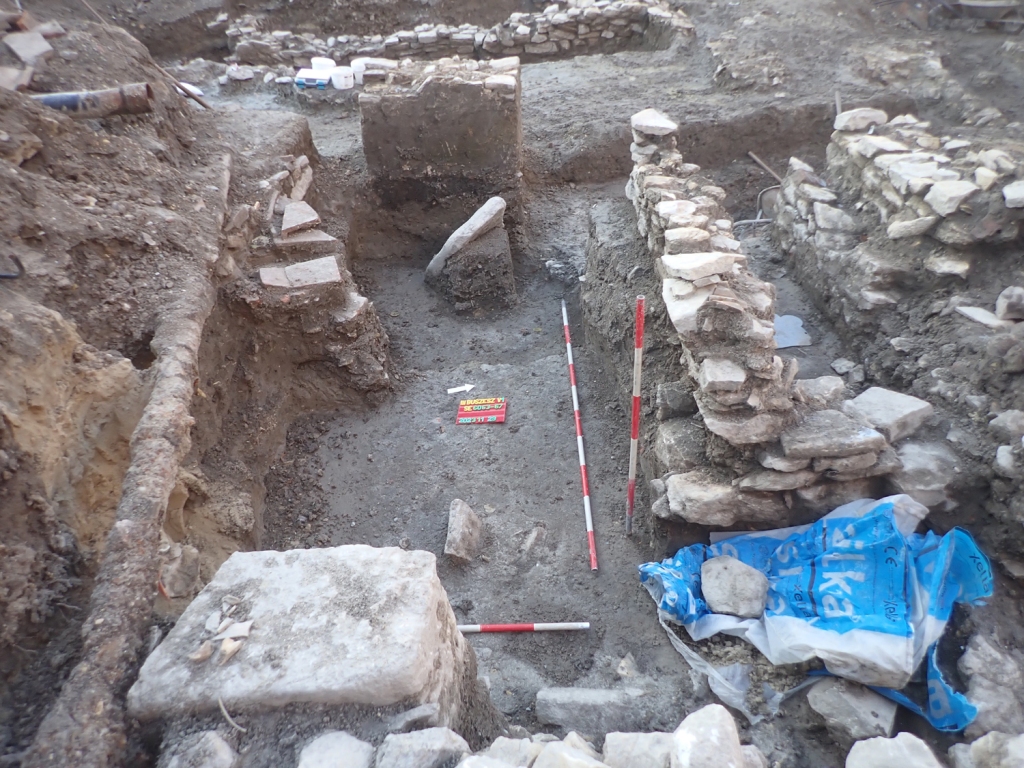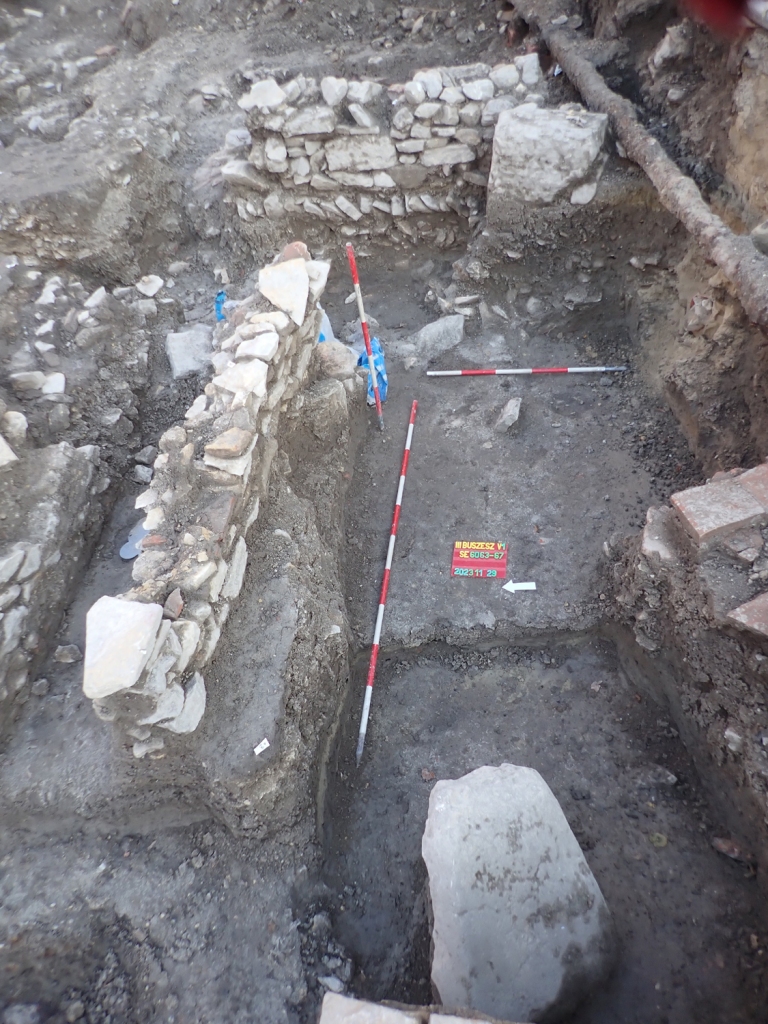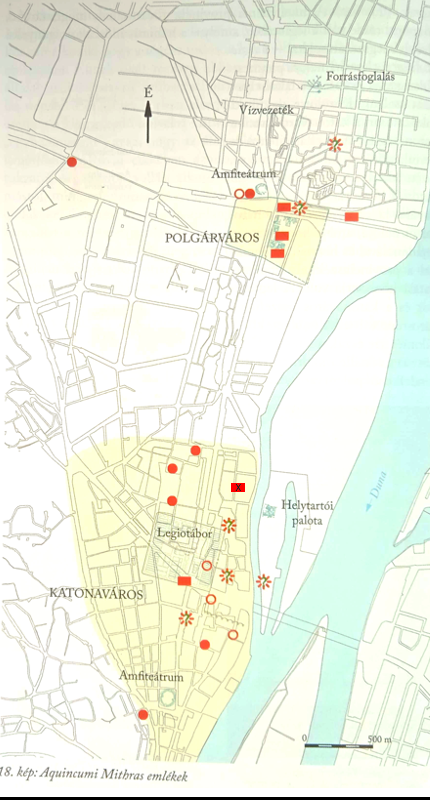Mithraeum VI in Aquincum
Aquincum was one of the largest urban centres of the Danubian provinces (with Carnuntum and Apulum). The double city (civilian town, military town, legionary fortress and the praetorium consularis) left us hundreds of votive monuments (459 epigraphic and hundreds of figurative) and several, archaeologically attested sanctuaries as well. From the large quantity of the materiality of religon, Mithras represents far the most relevant material evidence of Roman religious communication in Aquincum.
The altar of Tiberius Pontius Pontianus is one of the oldest attested Mithraic monument of Aquincum, already reused in 1809. It is a unique dedication to Mithras Nabarze, a dedication which we found in Sarmizegetusa too. Dedicated by a tribunus laticlavius, it is not impossible, that it comes from the Mithraeum V. The inscriptions found in 1855 and one known already in the 18th century (CIMRM 1773-1775) could also belong to Mithraeum V (house of the tribunus laticlacius).
The first archaeologically attested monuments of Mithras in Aquincum were discovered already in 1887-1888, when the so-called II. Mithraeum was discovered in the civilian town. The sanctuary was associated with M. A. Victorinus. The sanctuary can be visited in situ in the civilian town (Archaeological Museum of Aquincum). In 1895 in the area of the Krempel mill the Mithraeum III of C. I. Victorinus was discovered. The site is destroyed soon after.
This discovery was followed by another important one before the year of 1908 on Miklós tér, in the NE part of the legionary fort, on the territory of the canabae, where a beautifully carved altar of Mithras was found with another, fragmentary one (Hekler 1908, 285). This discovery might be in relationship with the current, spectacular find (Tit. Aq. I. 261, lupa 6525): Invicto / Mit(h)rae P(ublius) / Ael(ius) ——Atta / act(u)ar(ius) le/g(ionis) II ad(iutricis) p(iae) f(idelis) / Ant(oninianae) v(otum) s(olvit) l(ibens) m(erito). The inscription can be dated to the Severan period, the reign of Caracalla. In 1912 in the civilian town another sanctuary was discovered, known as the Mithraeum I, with unique inscriptions dedicated by the Leones to Sol and other representations of Mithras. In 1942-43 the Mithraeum IV (the recently reconstructed Symphorus Mithraeum) was discovered and partially excavated (followed by several, later excavations). Finally, the V. Mithraeum in the house of the tribus laticlavius discovered in 1977 represented one of the last urban mithraea discovered in Hungary (followed by the case study of Savaria in 2011). A relief of Sol and Mithras was discovered in a reused position in 1986 in military context.
The new Mithraeum (named by me as Mithraeum VI) was excavated by Tamás Milbich (excavation leader, Aquincum Museum) and Tibor Budai-Balogh (consultant).
The sanctuary could be related to the already mentioned altar of Publius Aelius —Atta, as their position is extremely close (Miklós tér, Szeszgyár area). The discovery was announced in December 2023, although the area was excavated since 2017-2018. The old factory of Szeszgyár will be transformed into a new and rather monumental building complex. Large parts of the podia (stone slabs and solid structures preserved) were revealed. The central nave of the sanctuary was well preserved. Several finds were identified, among them a fragment of a painted miniature altar with the inscription dedicated to Tra(n)situs (Dei), a unique lead votive representing probably a standing Mithras and the two dadophores and a fragment of a fresco representing Mithras or one of the torchbearers. The excavations will be continued in the spring of 2024.
Photos from Kovács Olivér.
